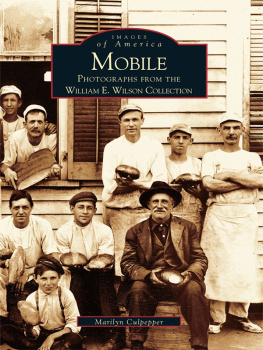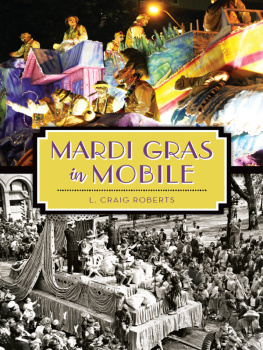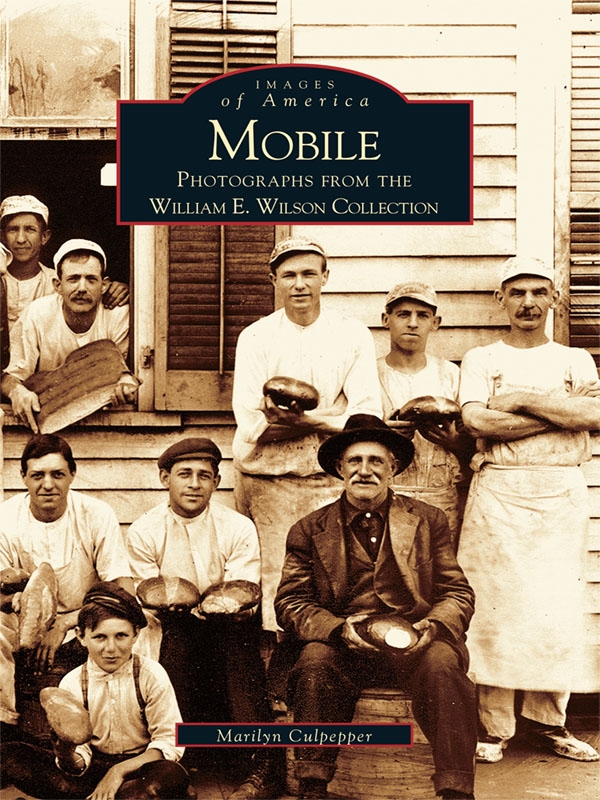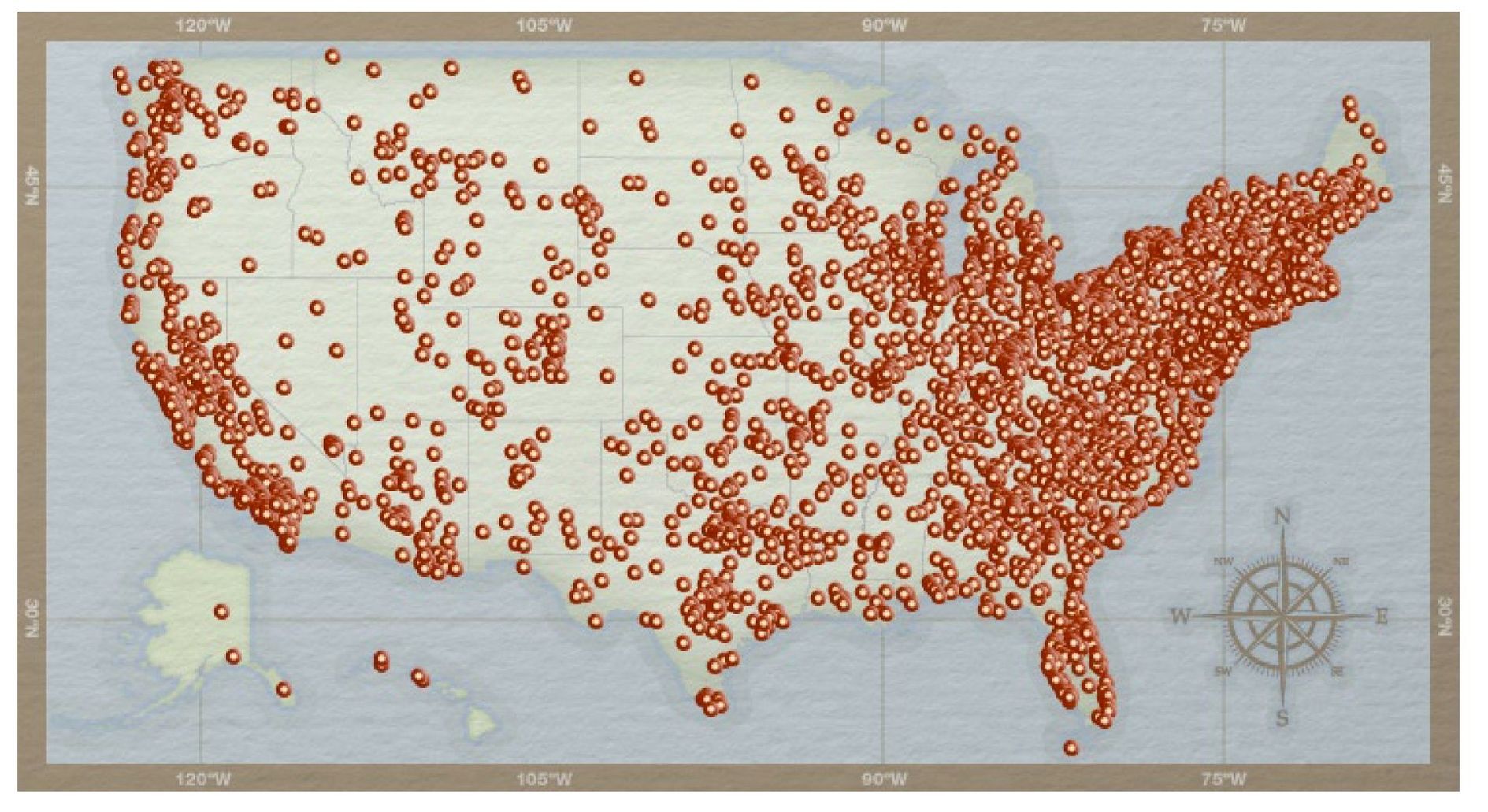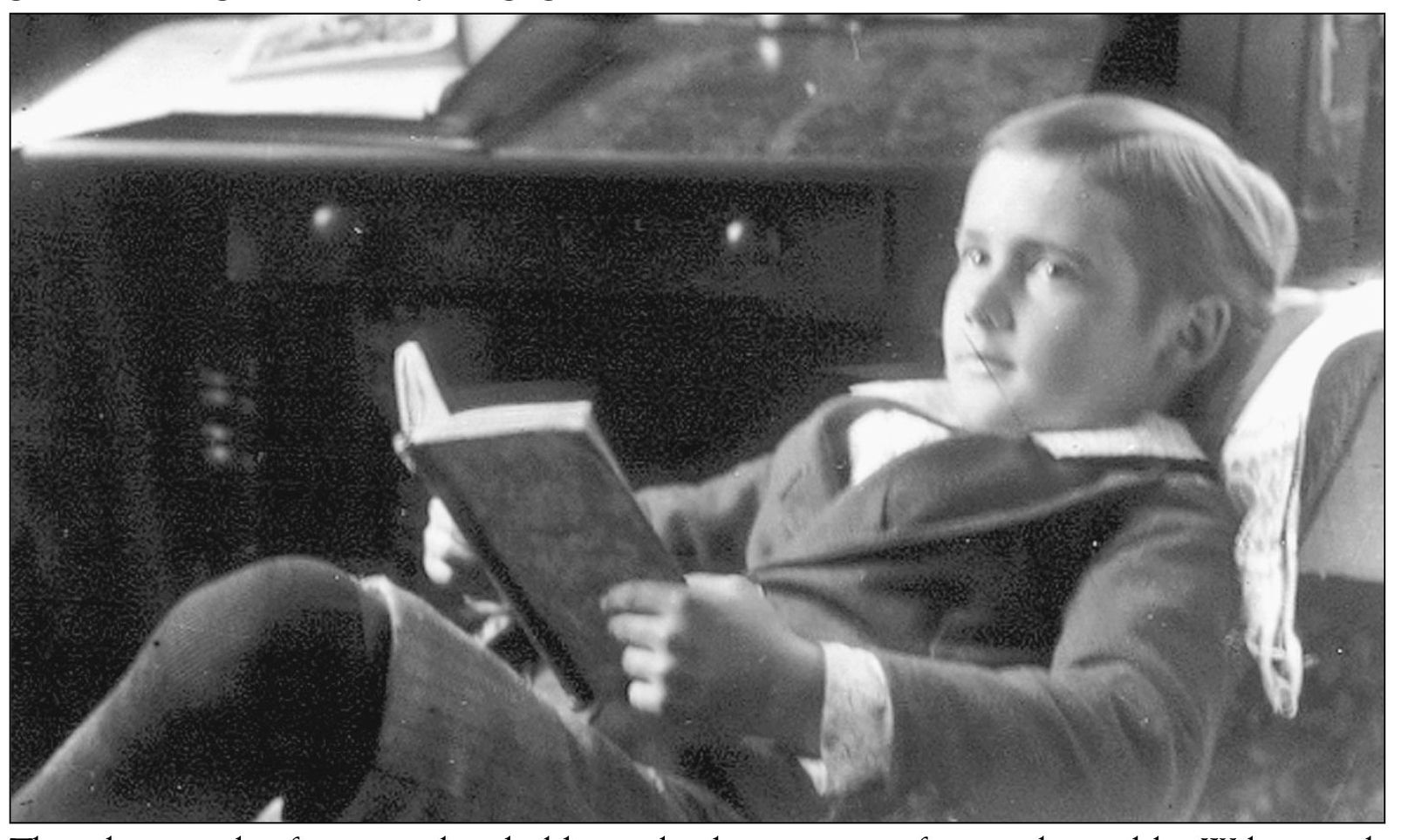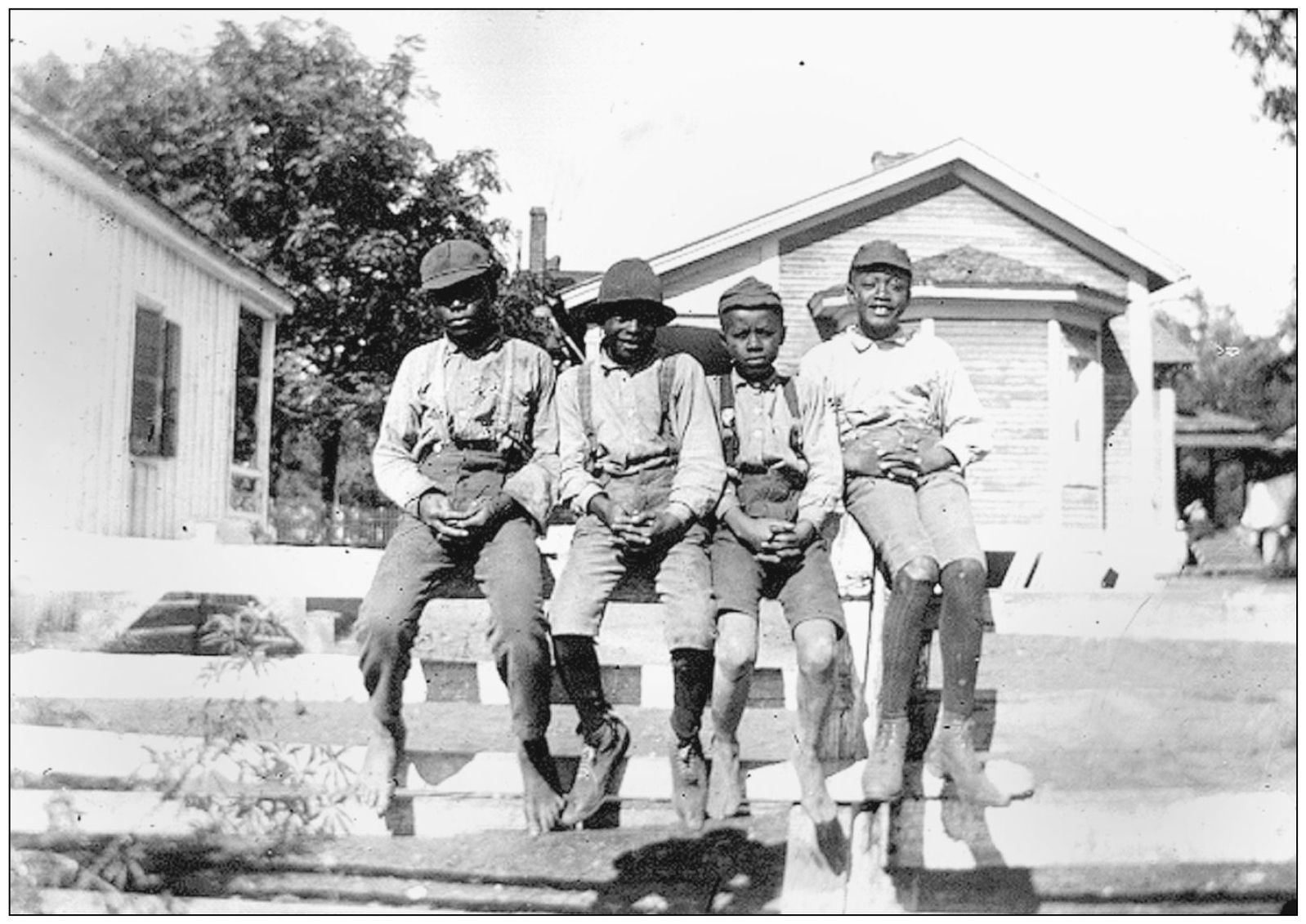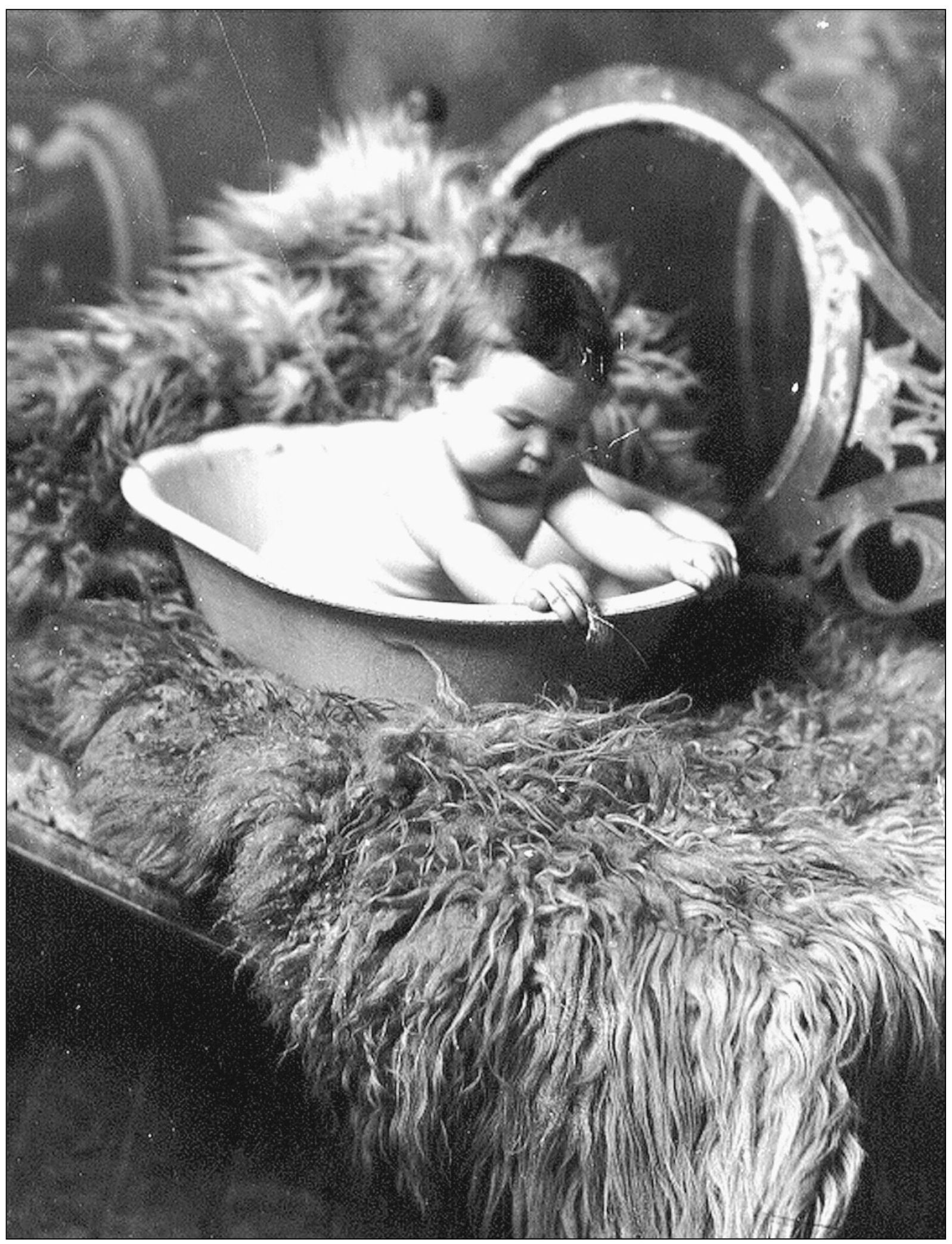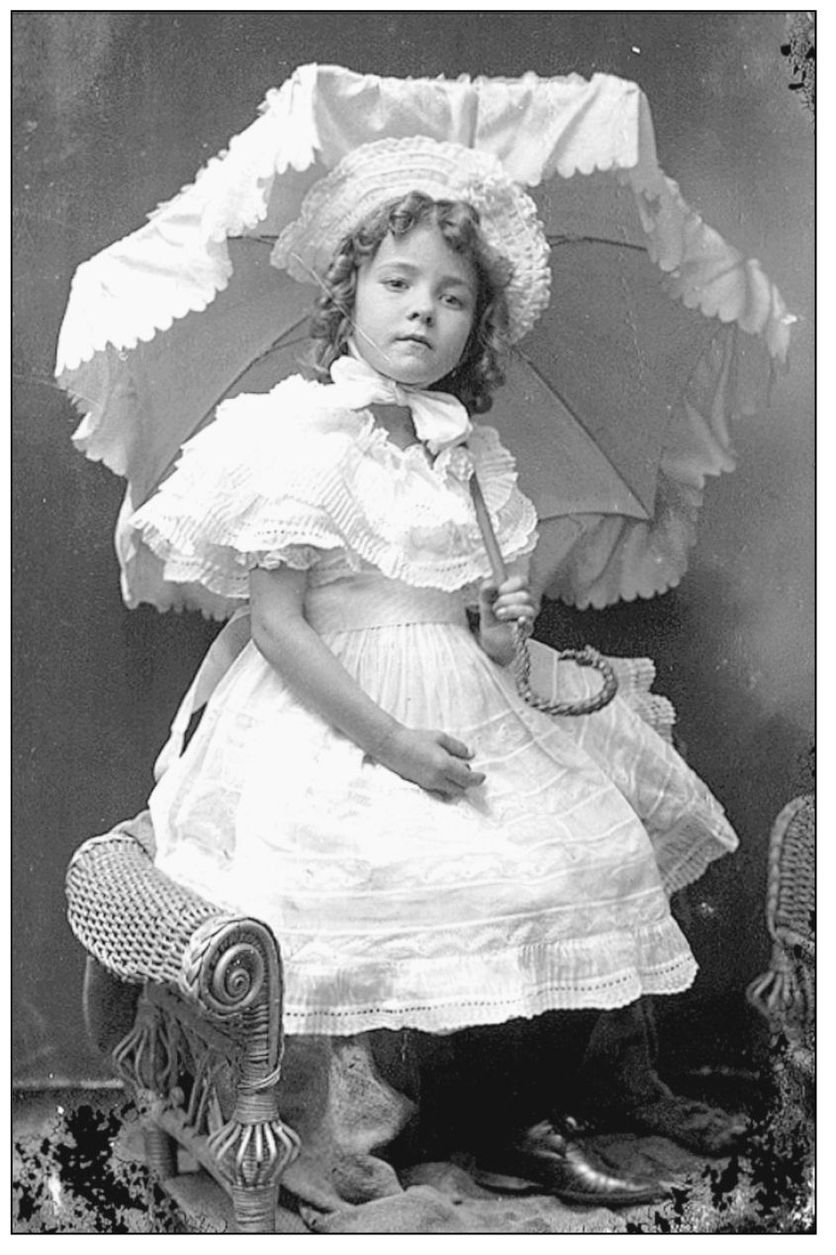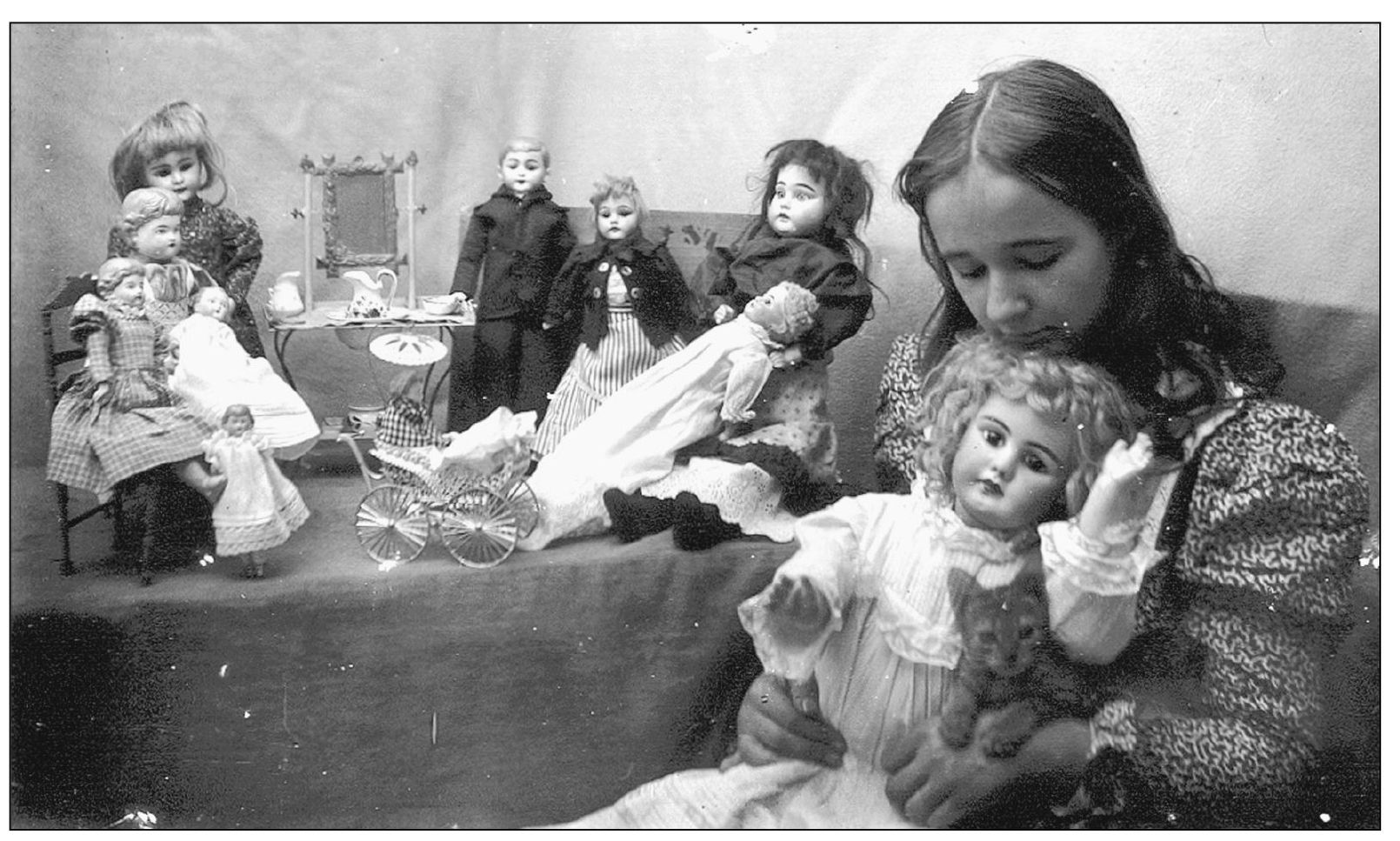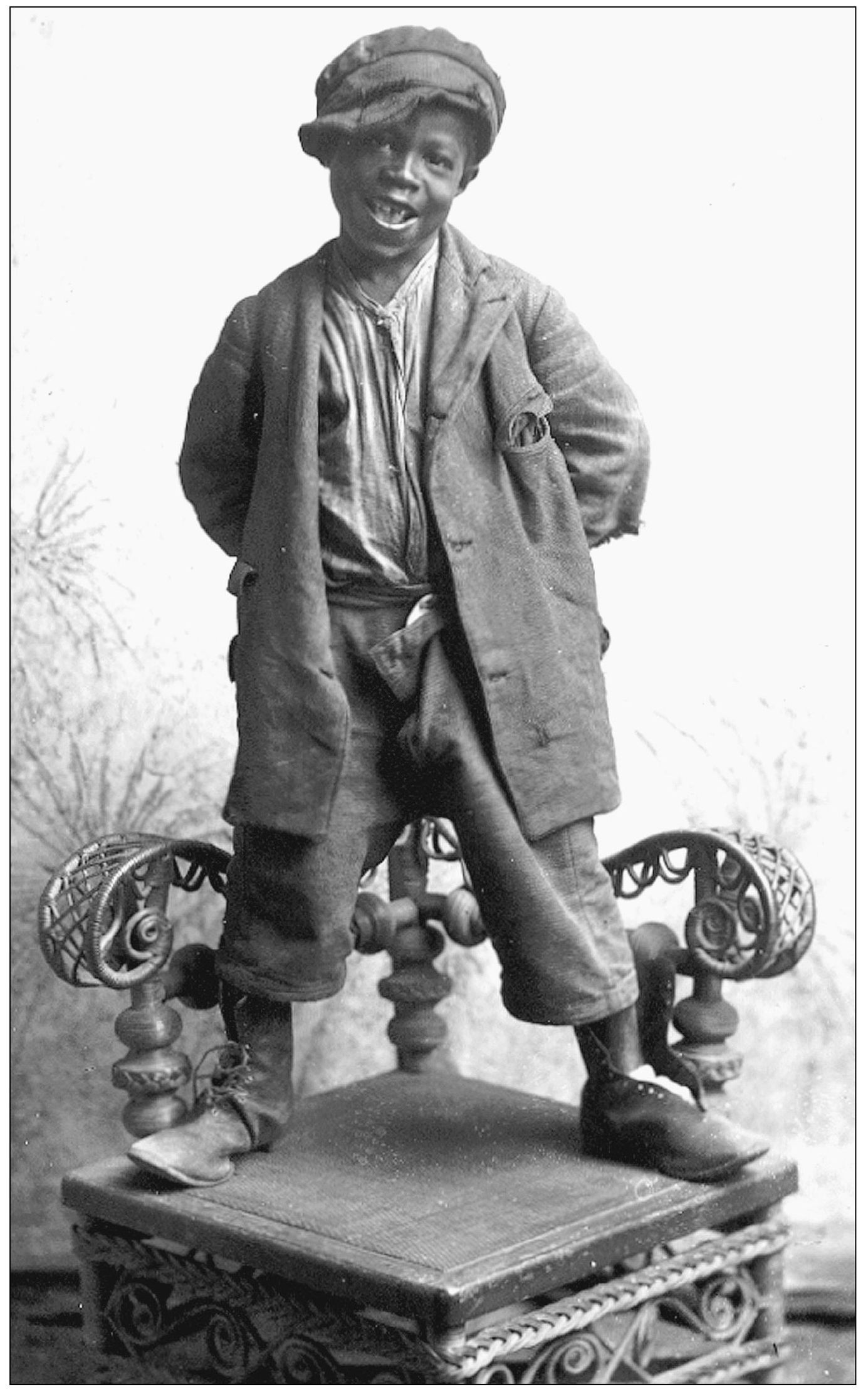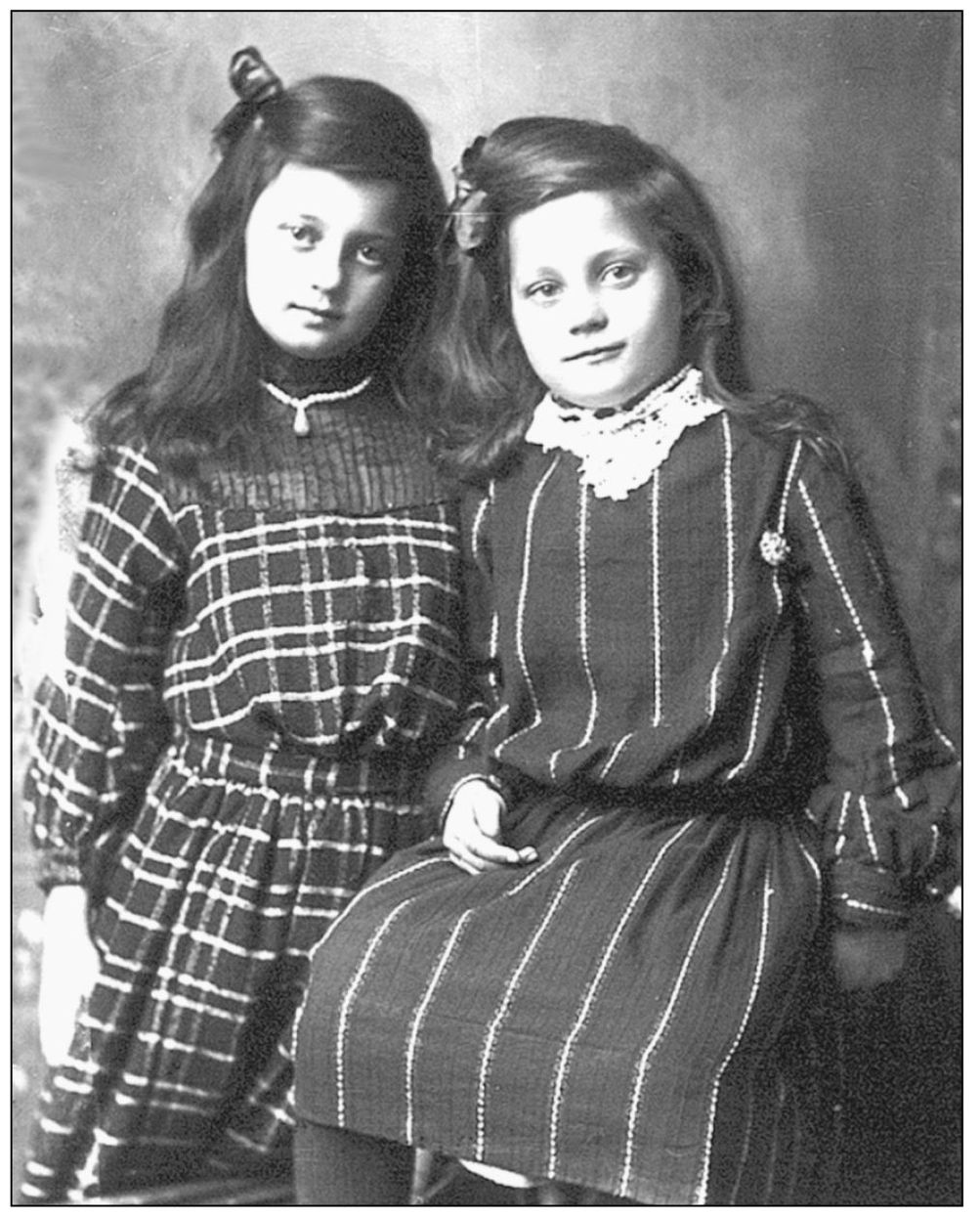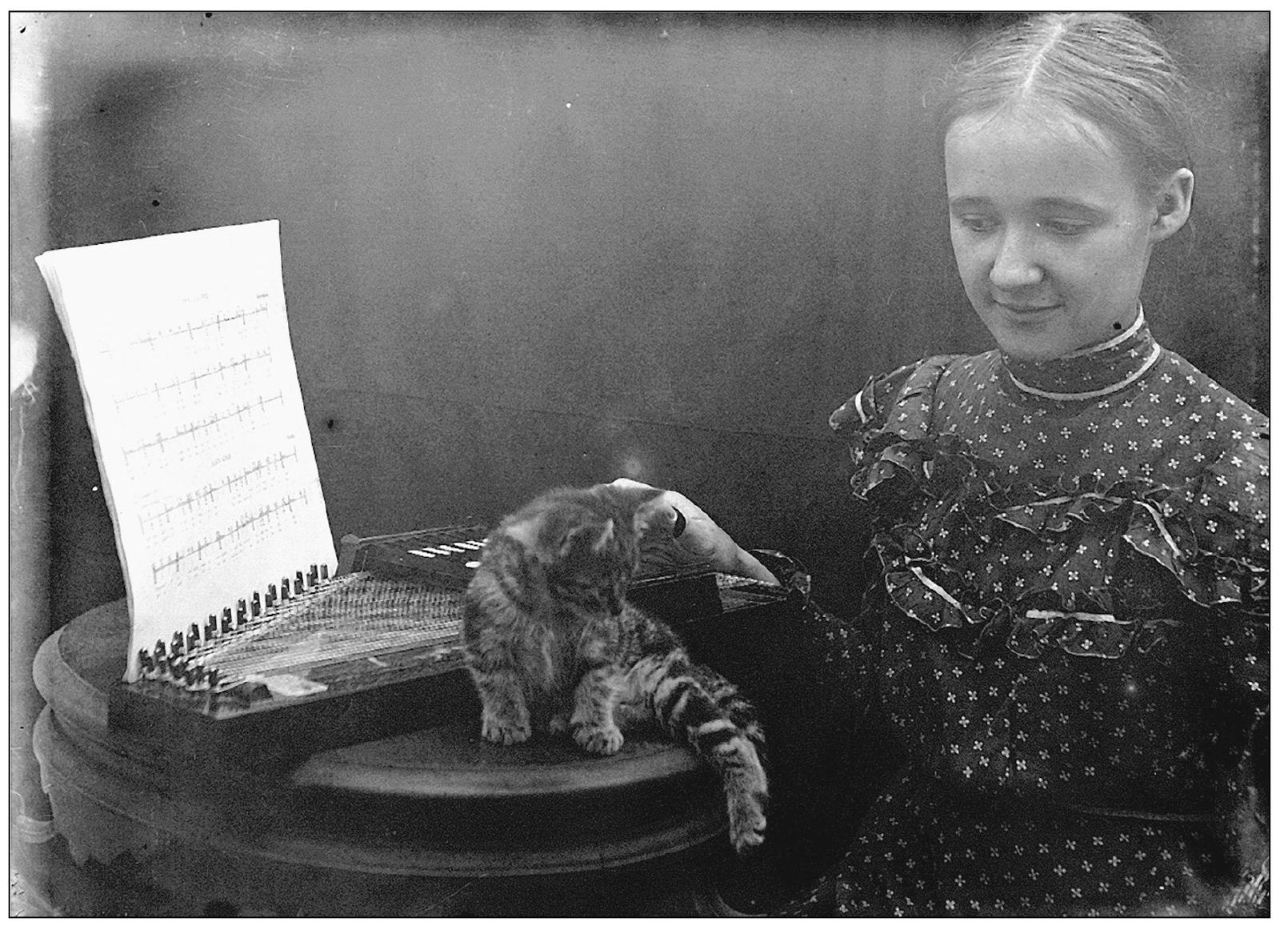ACKNOWLEDGMENTS
This book has been a labor of love made possible through the assistance and support of several people. Thanks first to my wonderful and talented husband, Art Culpepper, whose technical expertise was essential to the scanning of this collection and whose love and encouragement made the effort manageable. Thanks also to my children, Jared and Miranda, whose willingness to allow me space to do most of this work at home, made the process easier.
Special thanks go to the Mitchell Foundation, which has provided funds throughout the years to secure the preservation of the Wilson collection, most recently through a grant awarded in 2000, which was essential to the completion of this project.
Finally, I wish to thank the people who have in some way assisted with the creation of this book and they are as follows: Jean Wentworth, executive assistant, Historic Mobile Preservation Society; Tom McGehee, author and curator, Bellingrath Home, who wrote some of the introductions (noted at the end of each entry); Herbert Marston, City of Mobile Cemeteries Operations Department; the Very Rev. Michael L. Farmer, chancellor of the Catholic Archdiocese of Mobile; Helen Wilson, historian and editor, Landmark Letter ; Marylon Barkan, HMPS archives chairman; Patsy Starkey, director, Mobile Medical Museum, for research assistance; John Sledge, historian, Mobile Historic Development Commission; the Executive Board of Historic Mobile Preservation Society for support of this project; and Katie White, Acquisitions Editor, Arcadia Publishing, for her kindness and assistance.
PRIMARY SOURCES
A History of Medicine in Alabama , by Howard L. Holley; Alabama: The History of a Deep South State , published by the University of Alabama Press; Cotton City , by Harriet Amos; Craigheads Mobile , by Caldwell Delaney; Mobile: American River City, by Michael Thomason and Melton McLaurin; Mobile! City by the Bay , by Jay Higginbotham; Highlights of 100 Years in Mobile , published by The First National Bank of Mobile; various articles, Landmark Letter , published by Historic Mobile Preservation Society; Mobile: The Life and Times of a Great Southern City , by Melton McLaurin and Michael Thomason; articles from The Harbinger series, Mobile Then & Now , by Tom McGehee ; The Story of Mobile , Caldwell Delaney; Victorian and Edwardian Fashion , Alison Gernsheim.
Find more books like this at
www.imagesofamerica.com
Search for your hometown history, your old
stomping grounds, and even your favorite sports team.
One
CITIZENS
CHILDREN
Wilson captured the c . 1900 images of Mobiles children in a charming way. In the late 1800s all was not bliss. Many families living in Wilsons time had confronted the loss of children to smallpox and other unnamed diseases. The post-Civil War period was economically strained in the city. Frequently children of working-class families held jobs to help support their families. Still, Wilson recognized that children have special qualities that transcend their circumstances. Whether his subject was the well-groomed child of an affluent family or a delightfully scruffy child, all of Wilsons children reflect a happy generation living in the midst of changing times.
This photograph of a young boy holding a book was a pose frequently used by Wilson with children. The youngsters suit is patterned after the English Little Lord Fauntleroy suit, popular in the late 1880s. It was typically made of black velvet, but wool versions were adapted in the United States. Broad-collared starched shirts and heavy black leggings completed the suit, which was considered formal dress for young boys.
Wilsons photograph of four African-American boys sitting on a fence shares the feeling of camaraderie among the children and shows the photographers ability to authentically depict people in natural settings.
Simple wooden bridges often covered ditches and low-lying areas along Mobiles dirt roads. This photograph of three African-American children relaxing on a small bridge was typical of the lighter subjects of Wilsons wandering lens.
Photographers today could take a chapter from Wilsons stylebook with his baby in a bathtub photo. The picture was taken in a studio, where Wilson obviously took time to make the image stylistically and sentimentally beautiful. The unidentified baby could be boy or girl, but is obviously the apple of some parents eye, having such a fanciful portrait taken at a tender age.
This little girl was dressed stylishly in her ruffles and lace, complete with a soft lingerie hat, and sun-shading parasol. Her short, curled ringlets were typical of those worn by children in the late Victorian period and were often accomplished with heated metal curling rods.
Wilsons camera gives equal advantage to the intricately designed porcelain dolls in lovely handmade dresses as it does to the girl who appears to take pleasure in her doll collection. The dolls and accessories were handmade and likely imported from Europe, perhaps France or Belgium.
Wilsons ability to depict his subjects at ease in informal settings is evidenced in this wonderful portrait of a young African-American lad smiling brightly with his cap tipped jauntily. An oversized coat and sagging breeches, as well as the worn bootsone of which is missing a laceindicate economic poverty but nothing about this child indicates a lack of nurturing.
This photograph of Mrs. Rileys nieces shows two proper, young girls in a formal pose of the period but with softer facial expressions than often seen in similar photographs. The girls are apparently sisters and are wearing fashionable high-necked dresses and necklaces.

